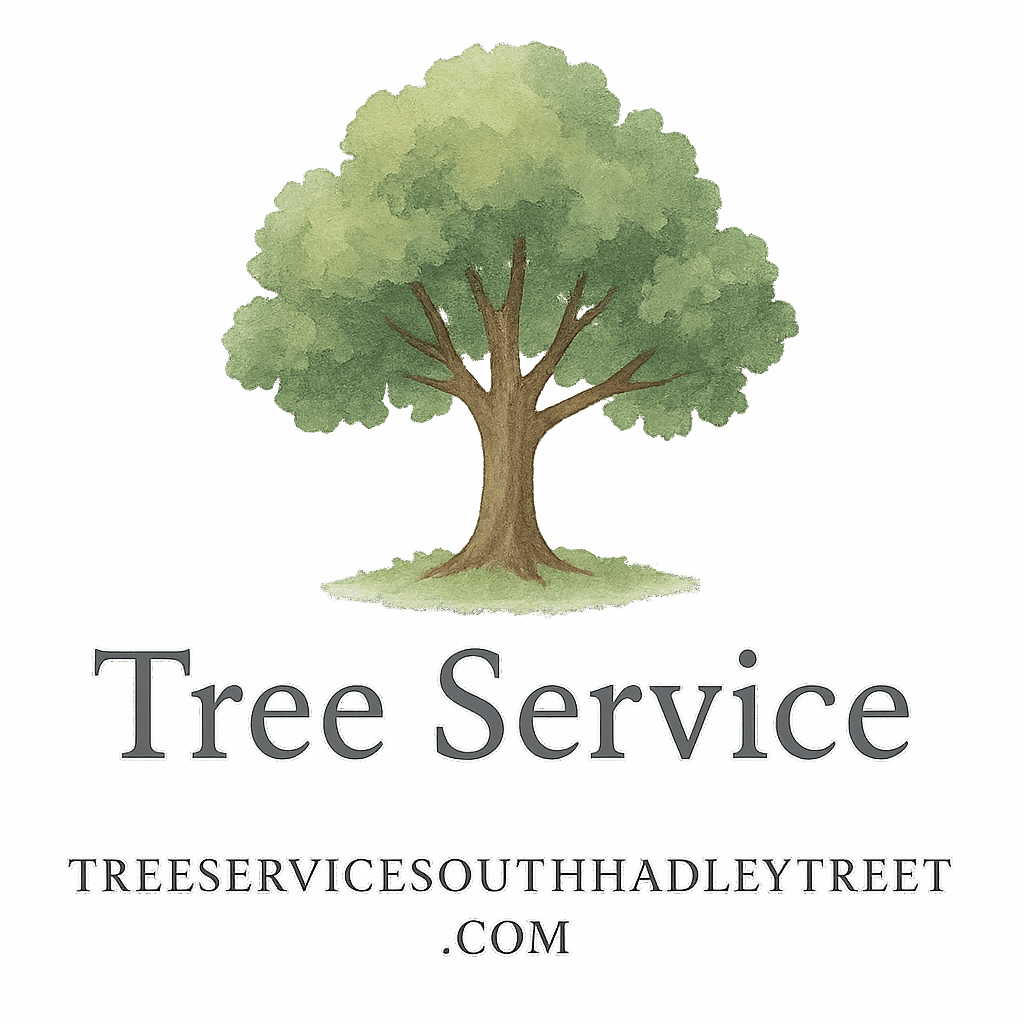Spring is nature’s wake-up call, and your trees feel it too. After months of dormancy, they’re stretching their limbs and getting ready to bloom. But here’s the kicker: they need your help to do it right. In this guide, we’ll walk through 7 tree service steps to take in spring for healthy trees, ensuring they thrive all season long.
Whether you’re a seasoned gardener or a first-time homeowner, this spring tree service checklist will help your green giants grow happy and healthy.
Why Spring is Crucial for Tree Care
Spring is the season of growth, but it’s also when trees are most vulnerable. The stress of winter weather can leave hidden damage, while pests and diseases become more active. Taking early action now prevents costly issues later. And hey, a healthy tree adds beauty, shade, and value to your property. Win-win, right?
Let’s dig into those must-do steps.
Step 1: Inspect Trees for Winter Damage
Spotting Structural Weaknesses
First things first—take a walk around your yard. Look for leaning trees, cracked trunks, or split branches. These are signs that winter snow or ice may have compromised structural integrity.
If anything looks risky or unusual, it’s time to contact a professional for help.
Identifying Broken or Hanging Limbs
Limbs hanging by a thread are a ticking time bomb. They pose a threat to your home, car, and anyone walking beneath them. Use binoculars to spot higher branches safely.
For serious cases, book a certified arborist through this emergency tree service.
Step 2: Schedule a Professional Tree Health Evaluation
Why a Tree Health Check is a Must
Much like humans need annual check-ups, your trees do too. A spring tree health evaluation uncovers hidden problems—think root rot, fungi, or early signs of disease.
Visit this page to understand more about tree health and safety.
Detecting Pests, Disease & Root Issues
Spring is prime time for pests like borers and aphids. These tiny invaders can weaken your tree from the inside out. An arborist will know how to check for early disease signs and recommend treatments.
Step 3: Prune Dead or Diseased Branches
Benefits of Spring Pruning
Pruning in spring helps shape your tree and encourages new growth. Removing dead limbs also stops the spread of infection and disease. Plus, it improves airflow and sunlight exposure—your tree will literally breathe easier.
DIY vs. Hiring a Pro
Sure, you can handle small cuts with hand pruners. But when you’re looking at large limbs or using a ladder, call in the experts. You can learn the tree service basics here.
Or go straight to this tree removal & trimming service for the heavy lifting.

Step 4: Apply Mulch Around the Base of Trees
How Mulching Boosts Tree Health
Mulch acts like a tree’s cozy blanket. It helps soil retain moisture, keeps roots cool, and prevents weed competition. Plus, it protects against mechanical damage from mowers.
Best Practices for Mulching
Avoid the dreaded “mulch volcano.” Keep mulch 2–4 inches deep and 3–6 inches away from the trunk. Otherwise, you risk suffocating your tree or causing rot.
For more seasonal maintenance tips, visit our spring tag page.
Step 5: Fertilize to Promote New Growth
When and How to Fertilize in Spring
Early spring is ideal for fertilizing because it supports new leaf and root development. Use a slow-release formula for long-term nourishment.
Focus on younger trees that are still establishing themselves.
Avoiding Over-Fertilization
Too much of a good thing can backfire. Over-fertilizing leads to weak growth, pest attraction, and even root burn. Follow the product label or consult a tree service professional.
Step 6: Water Trees Properly After Winter
Early Spring Watering Tips
Snowmelt isn’t always enough. Once the ground thaws, your trees will need consistent watering—especially in dry regions.
Watering Young vs. Mature Trees
Young trees need more frequent watering—think weekly deep soaks. Mature trees? Every 2–3 weeks is usually plenty.
Visit our guide on tree service costs and hiring to learn when hiring a watering service might be worth it.
Step 7: Prepare for Spring Storms
Tree Trimming for Wind Resistance
Spring storms bring high winds, so trimming is essential. Remove weak limbs that could snap during a storm. This not only protects your property but also the tree itself.
Emergency Tree Services for Damage
If a storm hits and a tree falls or cracks, don’t wait. Head straight to our emergency response team for safe and swift service.
You can also explore storm damage recovery tips.
Common Tree Health Issues in Spring
Spring reveals a lot: fungus, mold, bugs, and structural issues. Keep an eye out for:
- Wilting leaves
- Unusual growths
- Bark peeling or cracking
- Yellowing foliage
The earlier you address these signs, the easier and cheaper the fix.
Benefits of Professional Tree Services
How to Choose the Right Tree Service
Look for insured, licensed arborists with great reviews. Bonus if they offer seasonal packages for year-round tree care.
Explore our tree service comparison guide for tips.
Tree Service Cost Breakdown
Costs vary based on tree size, location, and service type. For rough estimates, check our pricing guide or visit our article on tree service costs.
Final Thoughts
Spring is the perfect time to give your trees the TLC they deserve. From pruning to pest control, each step helps prevent bigger headaches down the road. Healthy trees aren’t just beautiful—they’re a long-term investment in your property.
Need help? Check out Tree Service South Hadley TNTETS for expert advice, emergency support, and year-round tree care options.
FAQs
1. How often should I water trees in spring?
Water young trees weekly and mature trees every 2–3 weeks, depending on rainfall.
2. Can I prune trees myself?
Small branches, sure. But leave large limbs and high branches to the pros.
3. Is mulching necessary every spring?
Yes! Mulching annually maintains soil health and moisture retention.
4. What if I miss spring tree care?
Better late than never. Many tasks can still be done in early summer, but spring is ideal.
5. How do I know if my tree is diseased?
Look for leaf discoloration, unusual growths, or dieback. When in doubt, call a pro.
6. Are emergency services expensive?
It depends, but many companies offer emergency packages that are competitively priced for urgent needs.
7. Where can I find a tree service checklist?
Right here! Keep it handy every season.


